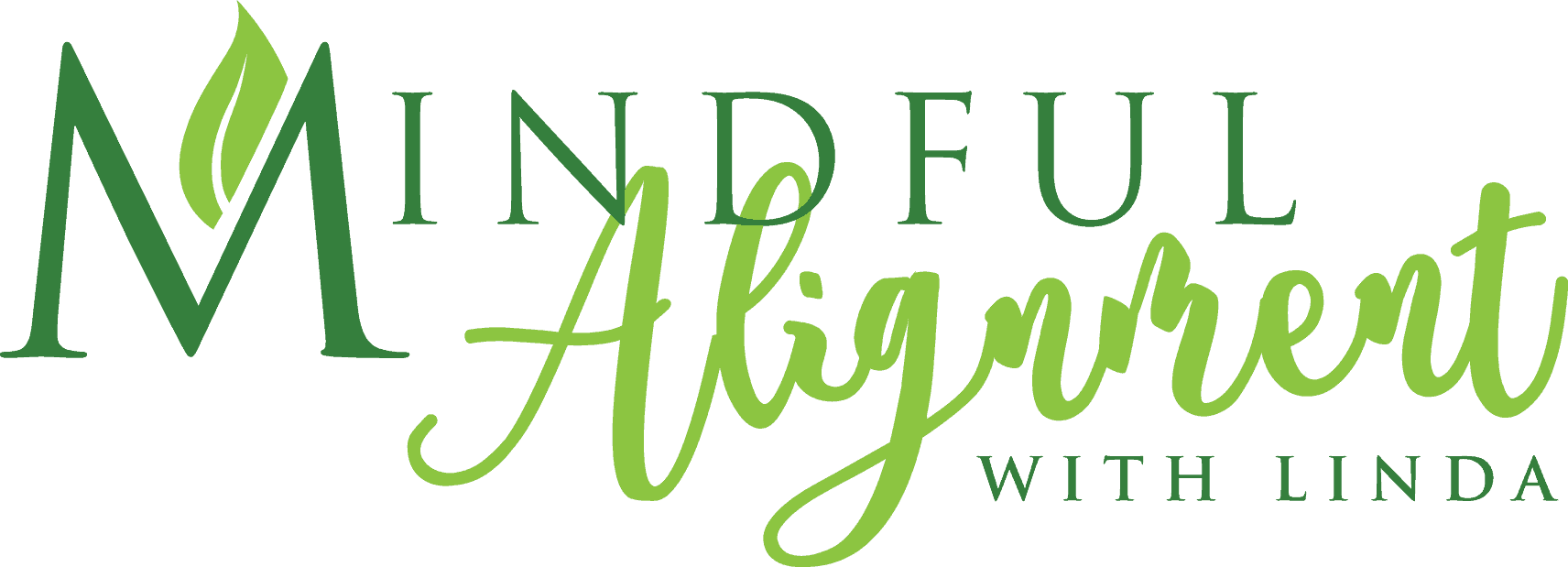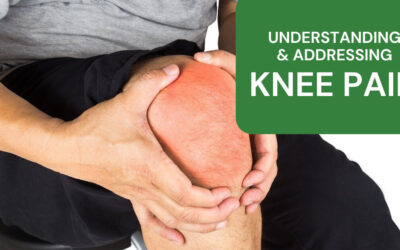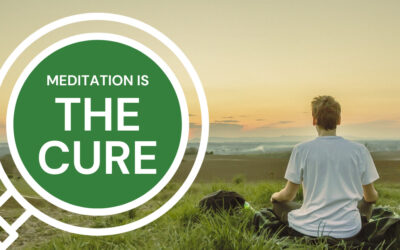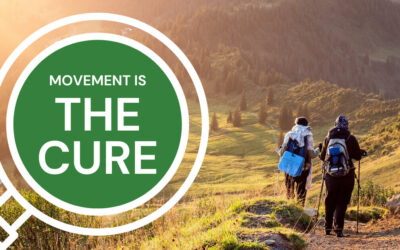The Cycle of Stress
Can stress be a cause for my pain?
The short answer: Absolutely!
A report published on the NCBI (National Center for Biotechnology Information) website explained that “anxiety exacerbates pain through activation in the hippocampus,” a part of the brain that helps the body recover from ‘fight or flight’ response. In this instance, anxiety triggers tension that precipitates pain.
What happens to our body when we’re stressed?
The more stress we have, the tighter our muscles get. We move less — becoming stiffer. Stiff muscles can make it more difficult to move and lead to pain.
Both stress and its associated pain affect your quality of life. When stress is felt, muscles and nerves get tense, sending a signal through a bundle of nerves to a switching station at the spine’s base, then up to the brain. The brain then tells the muscles to ‘contract,’ causing tension and pain.
Then, this cycle begins again.
When you are in a chronic state of stress
When you are in a chronic state of stress, ‘cortisol’ is over-produced. Too much cortisol may cause inflammation and pain in the body, as well as fatigue.
A constant state of stress causes your heart rate and blood pressure to go up. Your respiration rate increases and becomes shallow — the capillaries contract. Over time, the stress hormones begin to damage your body, impacting the digestive system, restricting the absorption of much-needed nutrition, and increasing pain.
How to break the cycle
The cycle can be broken by reducing muscle tension with movement, breath, and intention practice. Yoga can help because it incorporates movement, breathing, and meditation to reduce stress and, consequently, muscle tension.
Try to avoid focusing on the pain. When you focus on your pain, it tends to amplify the pain and increase your stress. Finding a distraction will help, such as doing something that you enjoy.
It’s natural to curtail our activities — such as avoiding any exercise — to avoid having the pain get worse. Avoidance or fear of pain may cause more stress, whereas continuing your exercise regimen may help turn down the pain intensity.
Typically, when a muscle is tight on one side of the body, the same muscle on the other side gets weaker. The length of the muscles also changes and becomes imbalanced, as well. Tight muscles typically lead to pain and take a toll on the body. Then, we tend to move less, becoming stiffer. The stiffer we get, the less we move, and the cycle repeats. Movement practices like yoga help to better balance the body.
Bottom Line: For many people, regular exercise, good nutrition, and reducing stress are very effective ways to reduce pain.
Are you tired of living with pain?
Are your activities and daily choices determined by your level of pain?
Are you ready to change your life for the better and gain back your physical freedom?
My unique and custom designed approach comes from years of training, education and experience. Together, we will get you back to living pain free and enjoying life.
Sign up for a private session today
It’s never too late to try something new.

Related Articles:
Understanding and Addressing Knee Pain
Knee Pain is a Common Ailment Knee pain is a common ailment that can significantly impact daily life, hindering mobility and causing discomfort. Understanding the causes and managing knee pain is essential for maintaining overall well-being, whether it's due to...
Meditation is the CURE
Meditation has gained recognition for having a profound effect on the mind and body, leading to improved overall health and longevity.
Movement is the CURE
Including movement into your day can be the cure to many health issues that plague us later in life. Movement has incredible benefits to overall health and helps promote longevity.



